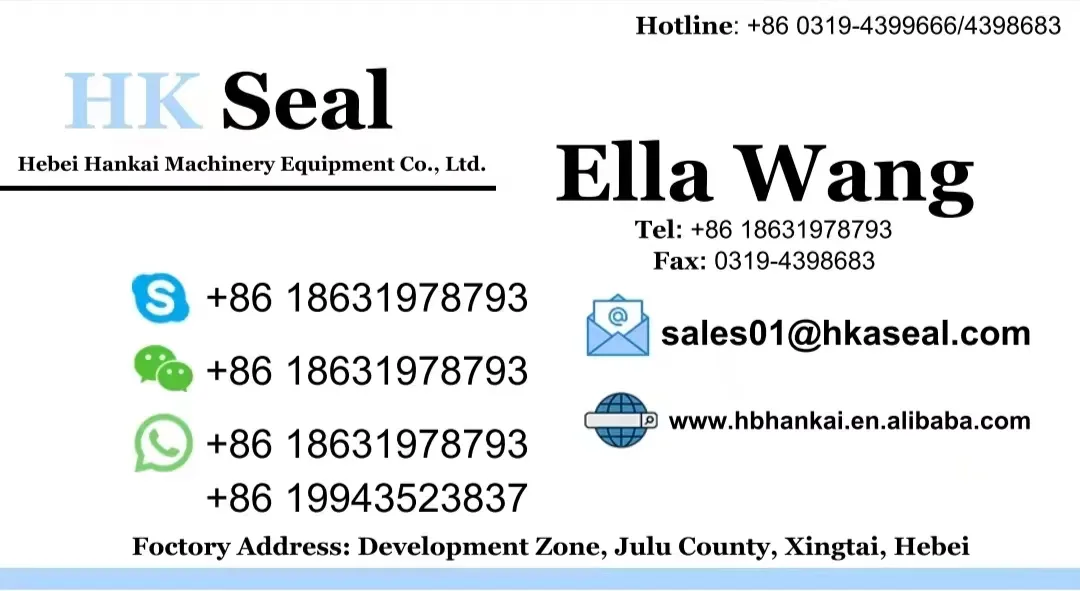Nov . 20, 2024 15:31 Back to list
hydraulic motor seal replacement
Hydraulic Motor Seal Replacement A Step-by-Step Guide
Hydraulic systems are critical in various industrial applications, powering machinery such as excavators, forklifts, and automotive lifts. One key component in these systems is the hydraulic motor, which converts hydraulic energy into mechanical work. Over time, seals within hydraulic motors can wear out, leading to leaks and reduced efficiency. Replacing these seals is essential for maintaining optimal performance. In this article, we will guide you through the process of hydraulic motor seal replacement.
Understanding the Role of Seals
Seals in hydraulic motors prevent fluid leakage and contamination while allowing smooth operation. They ensure that hydraulic fluid remains contained, thus providing the necessary pressure for functioning. When seals degrade due to wear, temperature fluctuations, or contamination, they can cause hydraulic fluid to leak, leading to system failure. Detecting and replacing worn seals promptly can save you time and money in the long run.
Tools and Materials Needed
Before starting the replacement, gather the necessary tools and materials - A comprehensive seal kit specific to your hydraulic motor model - Wrenches and sockets - Screwdrivers (flathead and Phillips) - Pliers - Cleaning rags - Hydraulic fluid - A torque wrench - Safety goggles and gloves
Step-by-Step Replacement Process
1. Safety First Start by ensuring your safety. Wear gloves and goggles to protect yourself from hydraulic fluid and debris. Also, make sure the machine is turned off and depressurize the hydraulic system according to the manufacturer’s guidelines.
2. Remove the Motor Disconnect the hydraulic motor from the system. This typically involves loosening bolts and removing hydraulic lines connected to the motor. Carefully set the motor on a clean work surface.
hydraulic motor seal replacement

3. Disassemble the Motor Take detailed notes or pictures of your motor’s configuration for reassembly. Remove the end cap or cover, depending on your motor design. Use the appropriate tools to unfasten screws and bolts carefully.
4. Inspect the Internal Components Once opened, inspect the motor’s internal components for wear or damage. Look for any signs of corrosion or debris, which could indicate other issues within the hydraulic system.
5. Replace the Seals Remove the old seals with care to avoid damaging the sealing surfaces. Clean the grooves where the seals sit thoroughly. Install the new seals by ensuring they fit snugly into the grooves. Use a thin layer of hydraulic fluid to lubricate the seals for easier installation.
6. Reassemble the Motor Once the new seals are in place, carefully reassemble the motor in the reverse order of disassembly. Ensure that all components are aligned correctly to avoid future leaks. Use a torque wrench to tighten bolts to the manufacturer’s specifications.
7. Reinstall the Motor Reconnect the hydraulic motor to the system. Ensure all connections are secure and there are no kinks in the hydraulic lines.
8. Test the System Once everything is reassembled, refill the hydraulic system with fluid if necessary. Start the machine and observe for any leaks. Monitor the operation of the hydraulic motor to ensure it functions smoothly.
Conclusion
Replacing hydraulic motor seals is a vital maintenance task that can significantly enhance the efficiency and longevity of your hydraulic system. By following these steps and taking the time to do the job right, you can prevent potential issues and ensure your equipment operates at peak performance. Whether you are a seasoned professional or a DIY enthusiast, understanding this process will empower you to maintain your hydraulic systems effectively.
-
The Trans-formative Journey of Wheel Hub Oil Seals
NewsJun.06,2025
-
Graphene-Enhanced Oil Seals: Revolutionizing High-Pressure Oil Sealing
NewsJun.06,2025
-
Future of Hydraulic Sealing: Advanced Intelligent TCN Oil Seals
NewsJun.06,2025
-
Don’t Let a Broken TCV Oil Seal Ruin Your Day
NewsJun.06,2025
-
Bio-Inspired Dust Seals for Better Sealing Performance
NewsJun.06,2025
-
Biodegradable and Sustainable Hydraulic Seal Materials
NewsJun.06,2025
-
Top Oil Seal Solutions for Your Industrial Needs
NewsMay.22,2025
Products categories
















